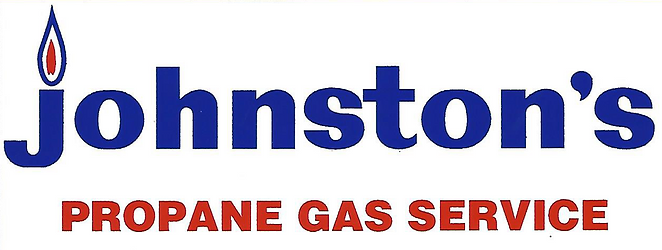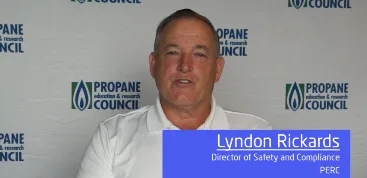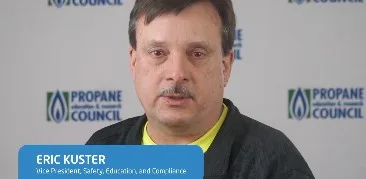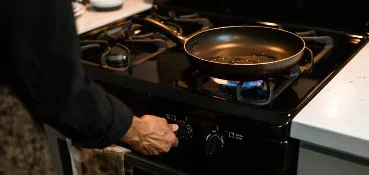Best Heater Temperature in Winter to Save Money
Winter is the time of year when many homeowners are most inclined to raise their thermostats to the highest setting in order to block out all of those chilly drafts.
Despite the fact that it could appear like a good idea, this is not the case. Wintertime thermostat settings that are consistently high will result in a significant increase in energy costs. Here are some ways you may configure your thermostat to conserve energy and money during the chilly winter months while preventing your HVAC system from working too hard.
While setting the thermostat to the right temperatures can improve the comfort of one’s home, it is not the only way to do so. Other ways for a homeowner to minimize energy usage and costs, while improving the overall environment inside of their home include:
- Wear warm clothing and consider setting the temperature to lower than 72 degrees to see more savings on energy bills.
- Inspect and replace filters regularly.
- Get an inspection and furnace tune up before the arrival of winter to get the furnace ready for the season.
- Check the house for leaks and drafts. To stop thermal energy from exiting the home, patch up any cracks, holes, or gaps in the foundation, walls, and doors.
- Use weather stripping on doors and windows that are used frequently.
- Caulk or seal the windows and any unused exterior doors.
- Set the water tank temperature to 120 degrees to reduce thermal energy costs.
- Open the curtains or blinds to let the sunlight in to help heat the home.
- Rearrange furniture so that no one has to sit where there may be drafts coming in.
- Check all pipes and faucets for leaks. Insulate the pipes by covering them with a blanket.
Prior to the cold weather setting in, homeowners should make every effort to winterize their home. Stop playing with the thermostat and get more enjoyment out of your home by making it as energy efficient as possible.
Day Temperature Setting
When it’s freezing outside, turning up the thermostat is like to throwing money out the window. The faster thermal energy is lost to the outside, the warmer your home is. The rate of thermal energy loss is slowed down by lower interior temperatures. While there are occupants in the house, it is advised for homeowners to set their thermostats between 68 and 72 degrees to promote maximum comfort. A pleasant temperature for everyone in the house, regardless of the apparel they are wearing, is between 68 and 72 degrees, which is neither too warm nor too cool.
Night Temperature Setting
If the room is vacant for a long time and at night, it makes sense to reduce the temperature to 58-62 degrees. When everyone is asleep and not very active, the heating and cooling system doesn’t have to waste energy when it isn’t needed. This temperature setting is also good enough to keep the house’s pipes from freezing when the outside temperature drops and no one is home.
Digital Thermostats
Invest in a digital thermostat to make setting and maintaining temperatures a breeze. Digital thermostats allow homeowners to set the thermostat in advance and not have to worry about resetting it until the season changes. Always follow the manufacturer’s instructions and place your digital thermostat within easy reach and away from drafts, sunlight, furniture, doors, and windows.
When setting the digital thermostat, be aware of when everyone is awake and when they are asleep. Consider programming devices to turn the temperature down or up just before everyone wakes up, goes to bed, or leaves the house. If your home is vacant for more than 3 hours, remember to set your thermostat to a lower temperature to save energy and money while you’re away.
Energy Efficient Appliances
Older Furnaces and heat pumps take longer to heat up your home. This can make your home feel colder than it really is, as the heating appliance takes longer to warm up. To improve your furnace’s response time and maintain a warm atmosphere in your home, we recommend replacing all old appliances, including your stove, with energy efficient appliances.
Check out the Propane Education & Research Council website for more information.








